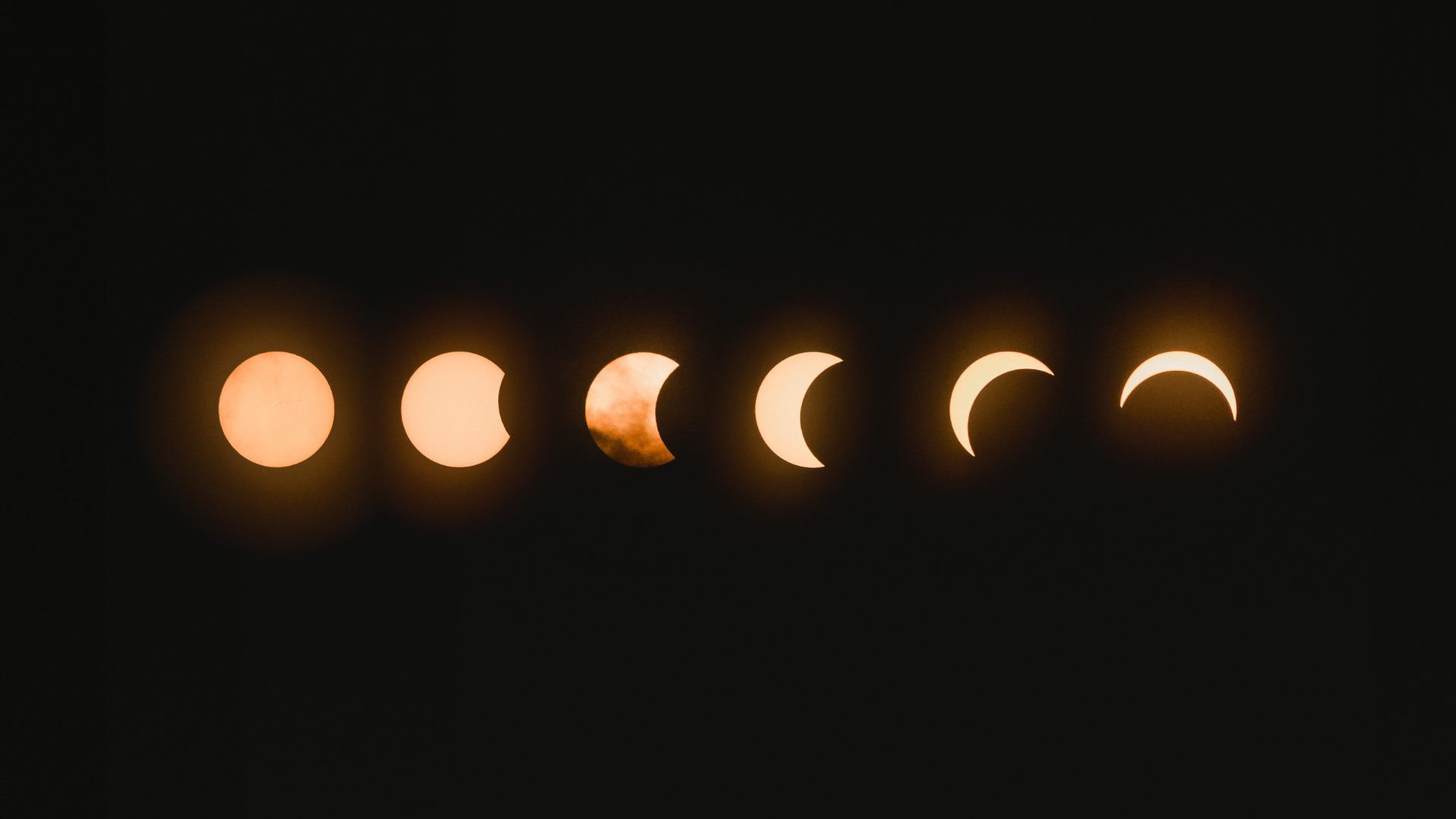For many hunters, understanding the relationship between moon phases and deer movement can make a significant difference in their success. Whether you are a novice or experienced hunter, knowing how the moon affects deer behavior can help you plan your hunting trips more effectively. In this article, we will delve into the topic of moon phases and offer valuable insights to help you make the most out of your hunting experience.
Why are Moon Phases Important?
Deer are crepuscular animals, meaning they are most active during dawn and dusk. However, their behavior can be influenced by various factors, and one of the most significant is the moon phase. Understanding moon phases allows hunters to predict peak deer activity times and adjust their hunting strategies accordingly.
The Lunar Calendar
The lunar calendar consists of different phases which vary throughout the month. Let’s take a closer look at each phase and its impact on deer movement:
1. New Moon
During the new moon phase, the moon is not visible from Earth. This phase often leads to reduced deer movement as they feel safer venturing out in the dark. It may be more challenging to spot deer during this time, especially during daylight hours.
2. Waxing Crescent
The waxing crescent phase begins after the new moon and is characterized by a small sliver of visible moon on the right side. Deer activity increases during this phase, especially during the early morning and late evening hours. The low light conditions provide a sense of security for deer, allowing them to move more freely.
3. First Quarter
The first quarter moon phase is when half of the moon’s surface is visible. Deer activity during this phase is generally high, with increased movement during the peak feeding times at dawn and dusk. Deer may also be seen more frequently during midday.
4. Waxing Gibbous
As the moon approaches full, it enters the waxing gibbous phase. During this time, deer movement is abundant, and they may be seen throughout the day and night. The increased brightness of the moon makes it easier for hunters to spot them during late evening hours.
5. Full Moon
The full moon phase often coincides with reduced deer movement. The increased brightness can make deer more cautious and less active. They may spend more time feeding and moving under the cover of darkness. It is crucial to adjust your hunting strategy during the full moon to increase your chances of success.
6. Waning Gibbous
After the full moon, the moon enters the waning gibbous phase. Deer activity may decrease slightly during this phase, but they are still likely to move during the early morning and late evening hours. Hunters should focus on locating feeding and bedding areas during this time.
7. Last Quarter
The last quarter moon phase is similar to the first quarter, with half of the moon’s surface visible. Deer movement remains consistent during this time, especially during the peak feeding times at dawn and dusk.
8. Waning Crescent
The final phase before the new moon is the waning crescent. Deer activity during this phase may be reduced, similar to the new moon phase. They may become more cautious and limit their movement, making it more challenging for hunters to spot them.
Tips for Hunting During Different Moon Phases
To optimize your hunting success, consider the following tips based on moon phases:
- Hunters should focus their efforts during the waxing crescent, first quarter, waxing gibbous, and last quarter moon phases when deer movement is generally higher.
- If possible, plan your hunting trips around the hours of dawn and dusk, as these are the times when deer are most active regardless of the moon phase.
- During the full moon phase, it is advisable to adjust your hunting strategy. Consider hunting closer to deer feeding areas during the night or focus on midday hunting in areas with thick cover.
- Pay attention to weather conditions, as they can influence deer movement in conjunction with moon phases. Rainy or windy weather may reduce deer activity.
- Take advantage of hunting apps or websites that provide moon phase information specific to your location. These tools can help you plan your hunting trips more effectively.
Conclusion
Understanding moon phases and their impact on deer movement can significantly increase your hunting success. By aligning your hunting trips with favorable moon phases and following the recommended tips, you can increase your chances of encountering deer during their peak activity times. Remember to be patient and adaptable, as various factors can influence deer behavior beyond the moon phases alone. Happy hunting!
Table of Contents
